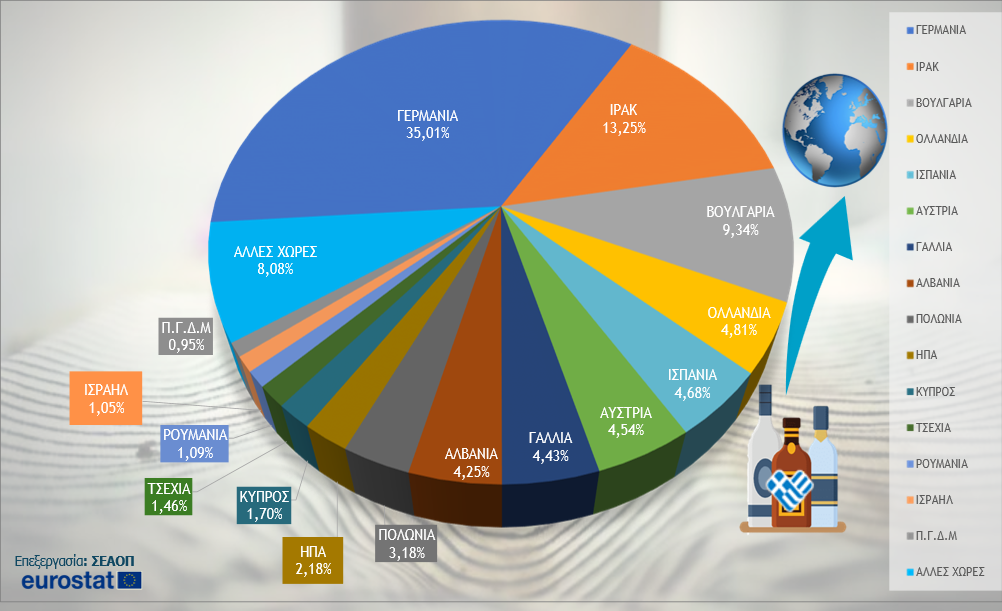Carl Johan von Seth: Coffee price shock and customs chaos – should you worry about inflation again?

This spring’s big coffee price shock has echoed threateningly in Swedish stores. Is high inflation already on the way back? The orangejos will soon cost like a bottle of wine and now tariffs are being raised in the world.
It doesn’t bode well. In recent months, Swedish households have begun to expect rapid rising prices – again. This shows the measurements of the State Institute for Economic Research.
A great deal speaks for That this misery is to some extent the new normal. More military conflicts and stronger political tensions make even the path of the world economy become more uneven.
The coffee – today almost twice as expensive as before the pandemic – is at the same time a bitter illustration of what a changed climate can do. Worse and more frequent extreme weather strikes against agriculture. It provides higher inflation. Not least, we will receive faster price fluctuations than we have been used to.
But Donald Trump’s customs war Also shows that there are forces that are currently drawing a different direction.
Look at the oil price. As late as early April, a barrel of North Sea oil cost $ 75 – today around $ 60. It is an example of the factors that rather speak for lower, not higher, inflation in the future.
In the world bank’s fresh Rawware programs are leaning down almost all curves. The general cost pressure in the world has been muted since the inflation shock, and Trump’s customs war is expected to reinforce it in two ways.
If you stick to the oil, the explanation is simple. The sea freight between China and the United States has crossed. Thus, fewer goods arrive at the US ports, and there are fewer goods to deliver from there. Thus: less bunker oil for the vessels and less diesel to the trucks. The oil price goes down.
In rough features it is The same mechanism that has resulted in lower prices in several areas.
Admittedly, companies and consumers in the United States must count on rising costs from high US customs. But the rest of the world’s population will, above all, feel the trade war through a generally muted economic activity. It gives a lower inflation pressure.
The second consequence of the US customs chaos concerns the currency. The dollar, which last winter cost over SEK 11, has fallen well below SEK 10. This makes many of the goods that Sweden picks up on the world market even cheaper because many things – not just the oil – are priced and invoiced in dollars.
Preliminary inflation figures for April Now also sends soothing signals.
Inflation according to the CPI, the traditional measure of the price level in Sweden, was at a low 0.3 percent. But that figure is sharply flattened by households’ falling interest costs.
Inflation according to the Riksbank’s own target index KPIF, which thinning from the fluctuations in people’s interest payments, instead ended up at 2.3 percent. Three tenths over the 2 per cent target. But actually slightly lower than many assessors had thought.
It is very possible (even likely) that that figure rises a bit over the next few months. But so far, the coffee price shock does not still look like an omen about any new inflation crisis.







